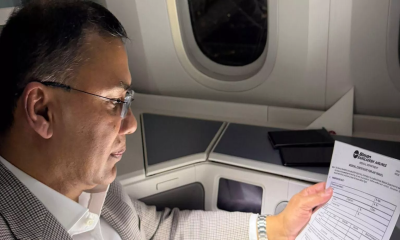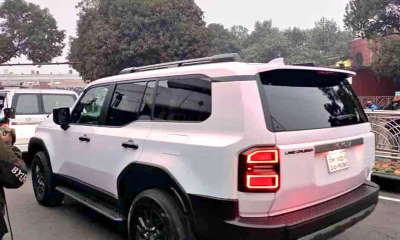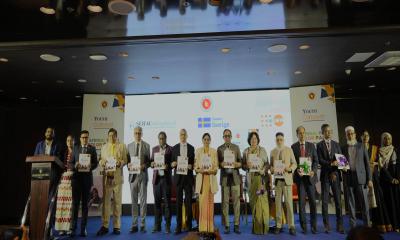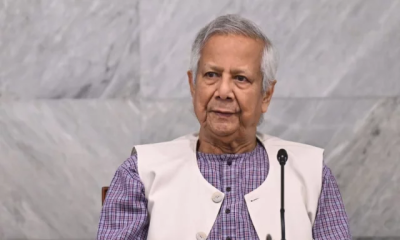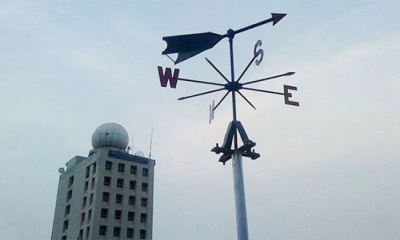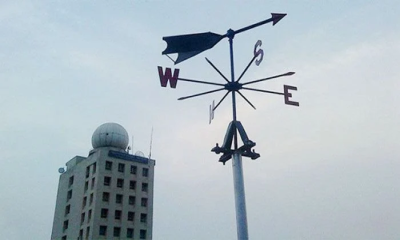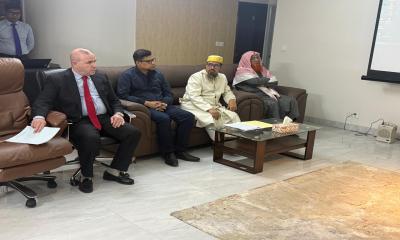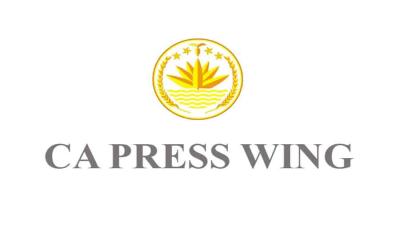President Donald Trump has imposed a 25% tariff on imports from Bangladesh’s neighboring country India, while also threatening punitive trade measures against Russia, China, and Iran.
As part of these measures, the US has already sanctioned six Indian companies for their involvement in the purchase of Iranian oil.
Although no final decision has been made regarding Bangladesh, Bangladeshi officials, after recent discussions with the US Trade Representative team in Washington, have indicated that a tariff range of 10% to 20% has been proposed.
While no formal assurance was given, officials mentioned receiving a clear “positive signal” about reducing tariffs from the current 35%.
To create a balanced trade relationship and place Bangladesh in a favorable position, Dhaka previously announced the purchase of 25 Boeing aircraft, 700,000 tons of wheat, LNG, cotton, medicine, capital machinery, chemical raw materials, and agricultural goods from the US.
A five-member Bangladeshi delegation departed for Washington on Monday for the latest round of negotiations.
Bangladesh has proposed that tariffs on its exports to the US be capped between 10% and 20%, citing international precedents—Vietnam faces 20%, Indonesia and the Philippines 19%, Japan and the European Union 15%, and the United Kingdom 10%. Bangladeshi negotiators argue that this range represents a fair and competitive rate.
The second day of the final round of Bangladesh-US tariff talks in Washington D C saw encouraging progress.
According to credible sources, most longstanding disagreements between the two sides have been resolved. Several officials involved in the talks confirmed that a realistic and comprehensive agreement based on the proposed rates and promises is now “highly likely.”
The Bangladeshi delegation believes a reciprocal tariff reduction from the U S side is not only likely but will also be at a “satisfactory level.” One official, speaking anonymously, said, “Where the second round ended with uncertainty, this final round sends a clear signal that our position has been acknowledged.”
On the first day of the talks, Commerce Secretary Mahbubur Rahman said the US had given a “positive indication” about reducing the 35% counter-tariff. Overall, the outlook suggests that Bangladesh is likely to face lower tariffs than India.
Meanwhile, India has not yet reached a trade agreement with the US. President Trump has set a minimum 25% tariff on Indian goods and imposed sanctions on six Indian companies.
Before making this announcement, Trump had stated that starting August 1, a 25% tariff and additional penalties would be applied to Indian imports due to the trade deficit and India’s oil purchases from Russia. In a post, Trump also mentioned that he had spoken with many world leaders about trade, and they all “want the U S to be very happy.”
Financial services firm Nomura believes that there is little chance of these tariffs on India being significantly reduced. In a statement to the BBC, Nomura said the best-case scenario might be tariffs dropping to 15%–20%.
The firm noted that India has long been negotiating a trade deal with the U S, and since tariffs haven’t dropped despite those efforts, new negotiations are unlikely to bring dramatic change.
Additionally, the US has sanctioned six Indian companies for trading in Iranian petroleum and petrochemical products.
The US Department of State announced the sanctions on Wednesday, stating that these companies were involved in “significant transactions” with Iran and knowingly violated US sanctions.
According to Reuters, the sanctioned firms include several prominent Indian petrochemical companies. Among them, Alkemical Solutions Pvt. Ltd faces the most serious allegations.
The others are Global Industrial Chemicals Ltd, Jupiter Dye Chem Pvt. Ltd, Ramniklal S Gosalia and Company, President Petrochem Pvt. Ltd, and Kanchan Polymers.


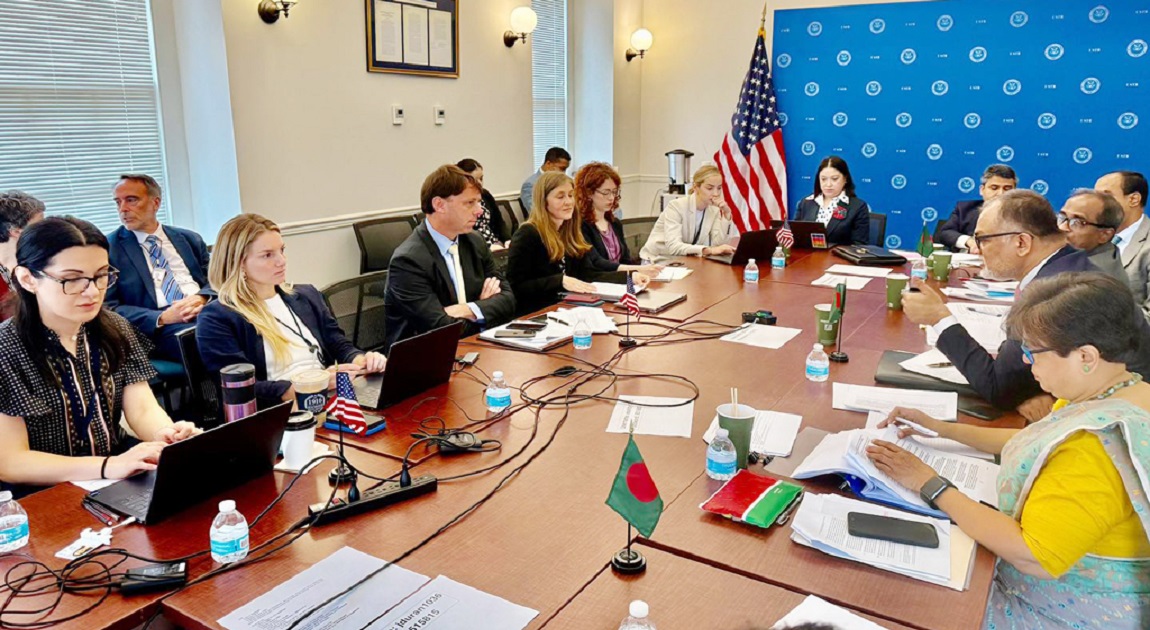

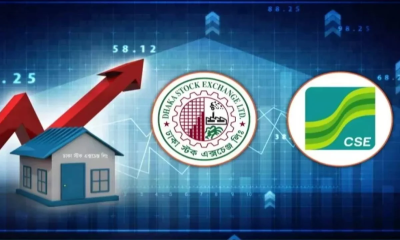
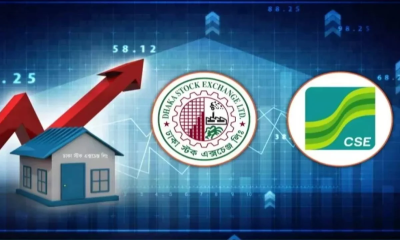
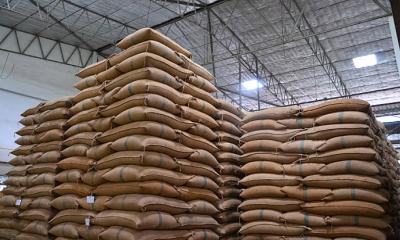

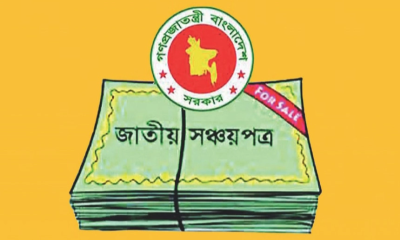
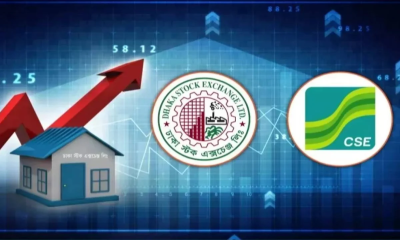


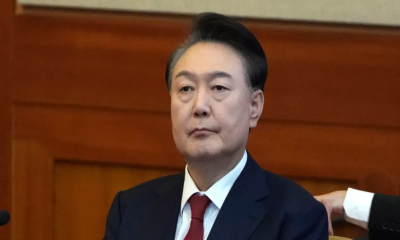
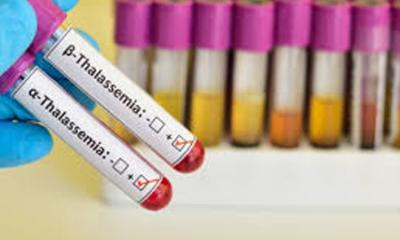


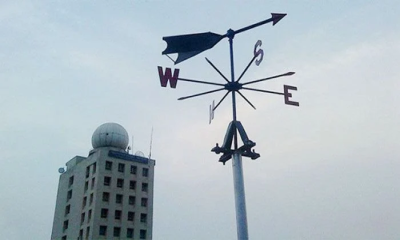
-20251226062607.webp)
-20251226051932.jpeg)



